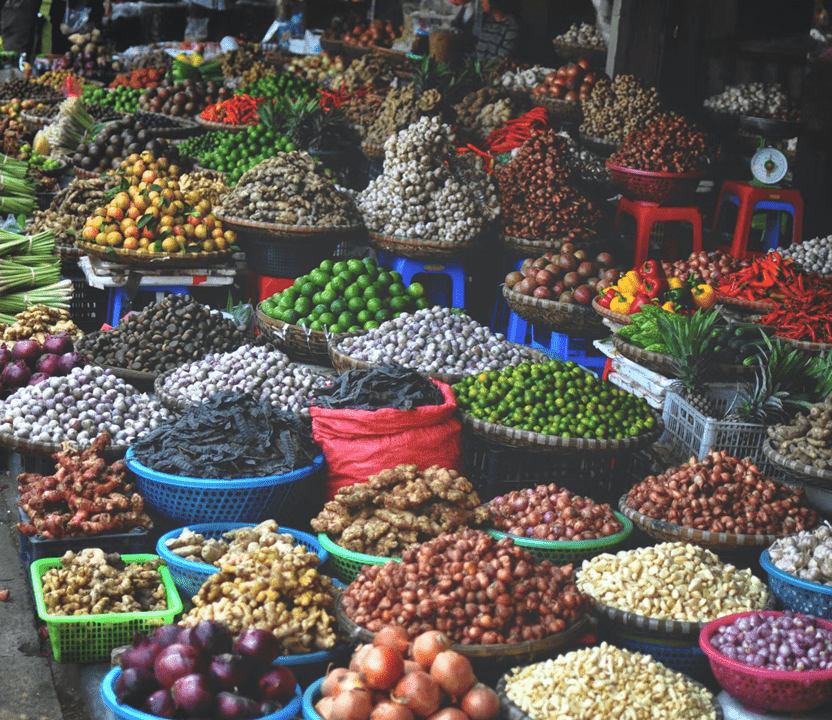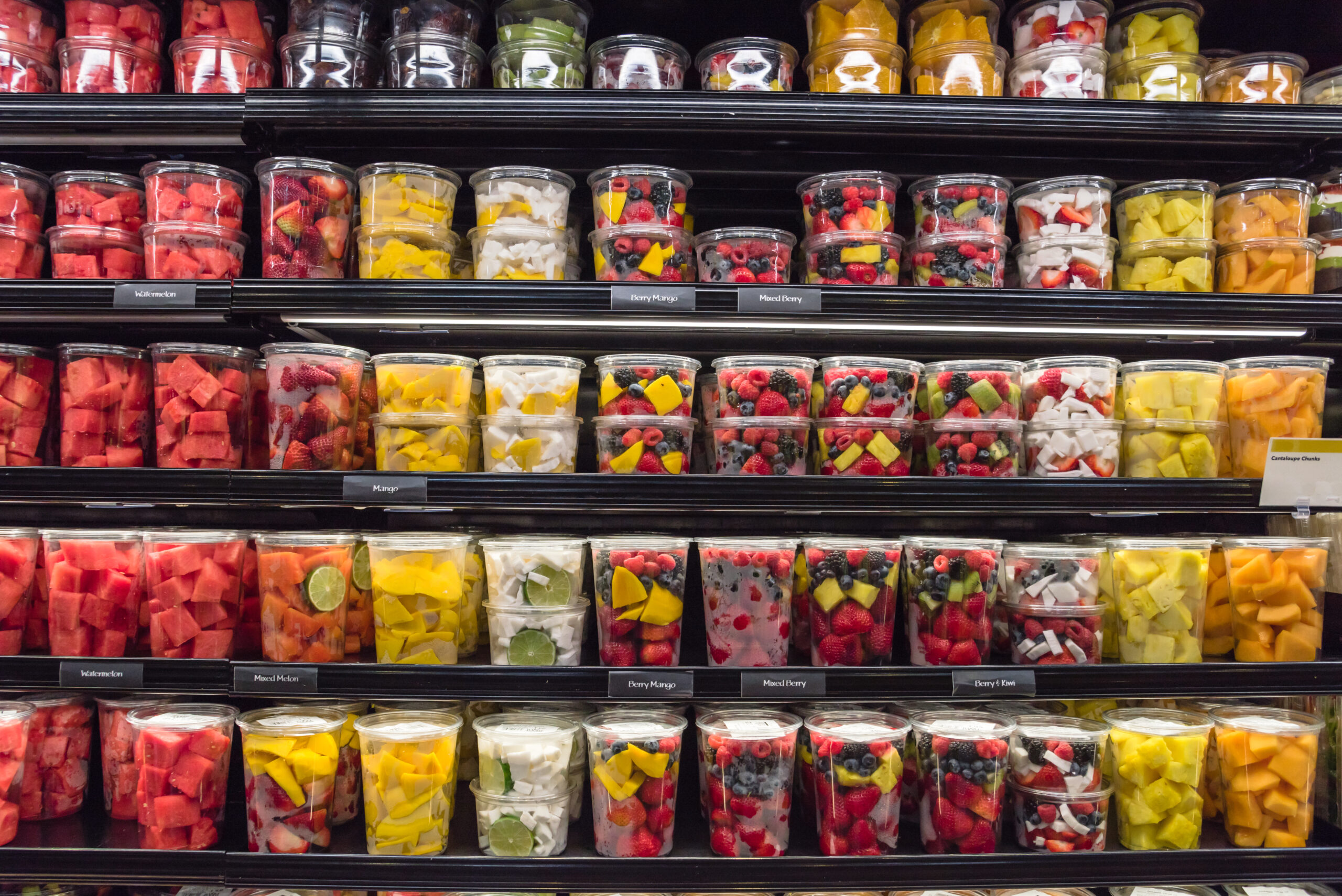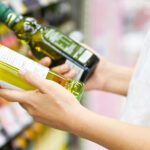Regulation (EU) 2015/2283 of the European Parliament and of the Council of 25 November 2015 on novel foods, applicable since 1 January 2018, allows novel foods to be subject to simpler, clearer regulation and a more efficient and fully centralised authorisation procedure at EU level, allowing safe and innovative foods to be placed on the EU market quickly without compromising a high level of public health.
What is a novel food?
A novel food remains defined in Regulation (EU) 2015/2283 as a food for which human consumption was negligible in the European Union before 15 May 1997, when the first novel food regulation came into force with Regulation (EC) 258/97.
The sources from which novel foods are derived are plants, animals, microorganisms, cell cultures, minerals, etc. Novel foods may come from specific categories of foods (insects, vitamins, minerals, food supplements, etc.), foods resulting from production processes and advanced practices and technologies (e.g. new or intentionally modified molecular structure, nanomaterials), which were not produced or used before 1997 and can therefore be considered as novel foods.
Examples of novel foods include agricultural products from third countries (chia seeds), newly produced nutrients (synthetic zeaxanthin) or extracts of existing foods (rapeseed protein). Genetically modified foods (Regulation (EC) 1829/2003), food enzymes (Regulation (EC) 1332/2008), food additives (Regulation (EC) 1333/2008), food flavourings (Regulation (EC) 1334/2008) and extraction solvents (Directive 2009/32/EC) remain excluded from the scope of this regulation.
Novel foods may not be placed on the market or used in food for human consumption until they are included in the Union list, which stipulates the specifications of the novel food and its conditions of use (dose, food matrix, etc.), and groups the novel foods authorised to be placed on the market in the Union.
An ingredient can only be in one of the three situations illustrated in the diagram below. The ingredient is either not new and therefore useable (unless there are national restrictions), new and therefore not authorised, or new in the EU but traditional in a third country. In all cases the novel food status of an ingredient must be justifiable.
How do you justify that an ingredient is not new?
Many sources of literature are useful in defining whether or not an ingredient is new. If the ingredient is on the Union list of novel foods and/or its updates (Implementing Regulations), does it correspond to the specifications, conditions of use, etc. of the new ingredients already authorised? National positive lists and interpretations by national authorities in Member States considering the ingredient as native before processing may also be indicative.
The type of preparation of a plant, its manufacturing process, solvents used, plant/extract ratio, active ingredient content, etc. make it possible to define whether a preparation is new or not. If a plant is included in the list of authorised plants, this does not mean that all preparations derived from it are authorised. For example, the French decree on plants specifies the type of preparation expected for certain plants (hydroalcoholic extract for the guava tree, cooking for the tribe…).
The Novel Food Catalogue lists the knowledge shared by the Member States concerning certain ingredients. Documents proving a history of significant human consumption of food in the European Union before 15 May 1997 can thus prove the Novel Food status of an ingredient. Such documents are sales statistics, sales invoices, information on quantities sold, import documents, declarations or certificates from other EU Member States (it must be clearly stated that the novel food status has been assessed), labels with dates, catalogues, sales brochures, kitchen recipes… Note that a price list alone or photos of products are not sufficient, as this does not show that the product was marketed in the EU and/or before 1997. It is important that the proof of consumption mentions the date (before 15/05/97) and the commercial territory concerned (EU).
As stated in Article 4 of Regulation (EU) 2015/2283, food business operators must verify the novel food or non-food status of the food they place on the market. In case of doubt they must follow the consultation procedure for the determination of novel food status, according to the implementing Regulation (EU) 2018/456.
Consultation procedure on the novel food status
A novel food application must demonstrate the safety of the novel food/ingredient and will be forwarded to the authorities for evaluation. The objective of such a dossier is to characterise the ingredient and prove its safety through toxicological testing.
The application must provide the elements for the description of the novel food, its production process, composition, specifications, proposed uses and levels of use and intended consumption. Data concerning its history of use and/or source, absorption, distribution, metabolism, excretion, nutritional information, toxicological information and allergenicity are also expected.
It is expected that the toxicity tests will show an absence of genotoxicity and a NOAEL (No Observable Adverse Effect Level) in rodents and from which the safe dose for human use will be calculated with an uncertainty factor of 200 between the dose studied/tested in animals and the dose allowed in humans.
This procedure is now much quicker than under the previous regulation and EFSA must deliver its scientific opinion within nine months, which may be extended depending on requests for additional information.
In addition to these deadlines, the Commission must publish the authorisation in the EU list within a maximum of seven months. Experience has shown that EFSA’s assessment of applications which result in a positive opinion and authorisation of the new ingredient is almost always positive, unless there is a clear toxicity problem.
The complete procedure for novel foods
A novel food application must demonstrate the safety of the novel food/ingredient and will be forwarded to the authorities for evaluation. The objective of such a dossier is to characterise the ingredient and prove its safety through toxicological testing.
The application must provide the elements for the description of the novel food, its production process, composition, specifications, proposed uses and levels of use and intended consumption. Data concerning its history of use and/or source, absorption, distribution, metabolism, excretion, nutritional information, toxicological information and allergenicity are also expected.
It is expected that the toxicity tests will show an absence of genotoxicity and a NOAEL (No Observable Adverse Effect Level) in rodents and from which the safe dose for human use will be calculated with an uncertainty factor of 200 between the dose studied/tested in animals and the dose allowed in humans.
This procedure is now much quicker than under the previous regulation and EFSA must deliver its scientific opinion within nine months, which may be extended depending on requests for additional information. In addition to these deadlines, the Commission must publish the authorisation in the EU list within a maximum of seven months. Experience has shown that EFSA’s assessment of applications which result in a positive opinion and authorisation of the new ingredient is almost always positive, unless there is a clear toxicity problem.
The simplified procedure for traditional foods from third countries
It is appropriate to facilitate the placing on the market in the Union of traditional foods from third countries where it has been demonstrated that they have a history of safe use as food in a third country.
Such food must have been consumed in at least one third country for at least 25 years as part of the normal diet of a significant number of people. To this end, information is requested on the description, production process, composition, specifications, history of use and proposed conditions of use of the traditional food for the EU market.
The references used may be scientific publications, expert scientific opinions, monographs, information from international or national organisations, government documents, values on cultivation/harvesting, sales and marketing.
Additional information can be obtained from cookbooks, recipes and other anecdotal data. This procedure is very fast, as is the consultation procedure and EFSA has to deliver its scientific opinion within four months from the date on which it decides on the validity of the application.
Experience shows that EFSA’s assessment is almost always positive, unless it is impossible to conclude on the safety of use (Leaf powder of Moringa stenopetala, maqui berry), of applications that lead to a positive opinion and the authorisation of the new ingredient.
FAQ
A novel food is defined as a food for which human consumption remained negligible in the European Union before 15 May 1997, when the first regulation (Reg. 258/97) on novel foods came into force.
The marketing of a novel food/ingredient requires a prior European authorisation which stipulates the specifications of the novel food and its conditions of use (dose, food matrix, etc.).
No, the NF regulation is not applicable to: additives, flavourings, food enzymes, extraction solvents, GMOs.
The ingredient is not “new” in the sense of Regulation (EU) 2015/2283, it is, or the ingredient is a traditional food in a third country.
If a plant is included in the list of authorised plants, this does not mean that all preparations made from it are authorised.
No, it must be possible to prove on a case-by-case basis that this type of preparation was significantly consumed before 1997 in the EU.
Yes, according to the Implementing Regulation (EU) 2018/456 on the steps of the consultation procedure for the determination of novel food status.
4 months, renewable once.
No, a mixture of several plant extracts, a bacterium, for example, can be the subject of an application.
No, the Commission is very clear, extracts of Cannabis sativa L. and derived products containing cannabinoids are considered as novel foods because no history of consumption has been demonstrated.










